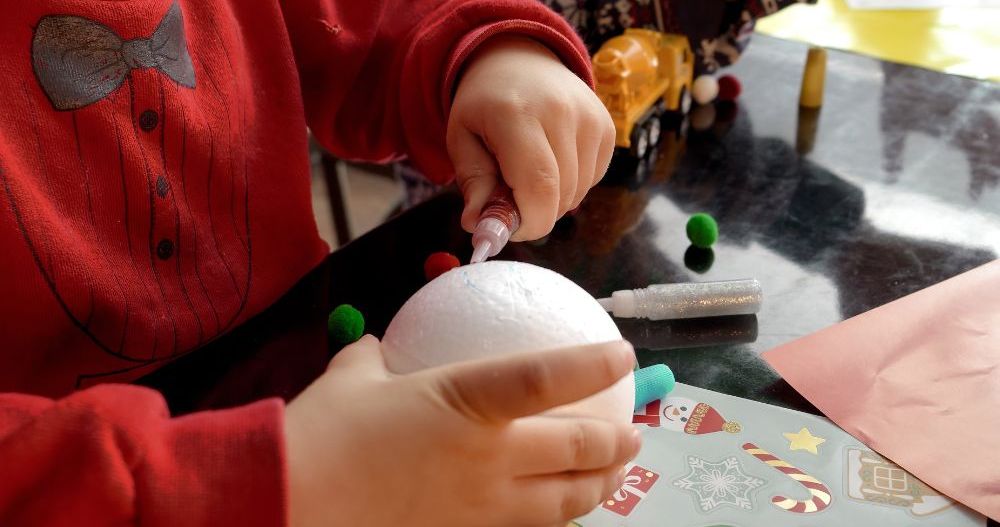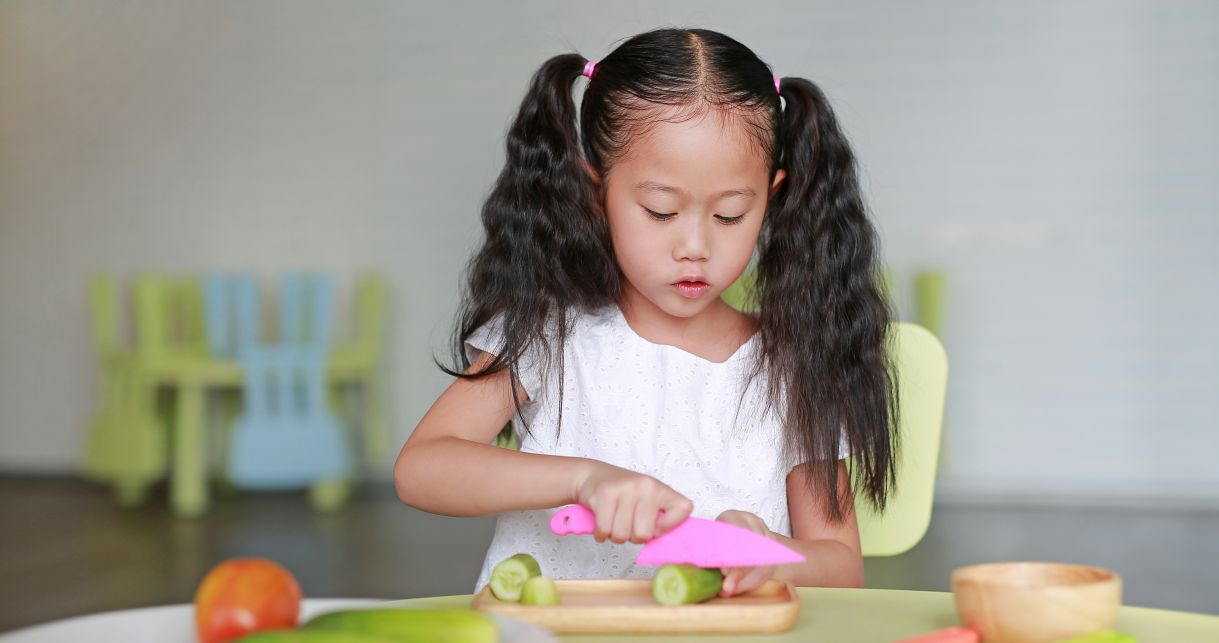6 min read
6 min read
6 min read
6 min read
Storytelling is a magical way to nurture a child’s imagination, language skills, and development. For parents of young children, transforming a simple story into an immersive experience can make all the difference. Here’s how you can bring your child’s favourite stories to life with these storytelling tips, fostering a love of reading and learning that will last a lifetime.
1. Be Enthusiastic
2. Read all the way through
3. Repeated Reads
4. Stick to a Storytelling Routine
5. Encourage Imagination and Creativity
Children love to hear different characters come to life through your voice. Experiment with engaging storytelling techniques, such as varying tones, voices, and accents for each character. Use facial expressions to match the emotions of the story—whether it’s a big smile for a happy moment or a sad face when a character feels down. This helps make sharing a story fun and interactive.
In a recent interview, childcare expert Jenny Shaw informed that ‘reading with expression can help young children to learn the meaning behind words. For example, when reading stories like the Gruffalo, by emphasising descriptions such as ‘terrible teeth and terrible claws,’ gives children more of an understanding of what the word terrible means.
The first time you read a story, we suggest that you read it all the way through rather than pausing to ask your child questions about what might happen or what they think of the story. This allows your child to build a connection with the story and helps them to understand what is happening. As your child becomes familiar with stories, you can then start to ask open ended questions for example “How would you feel if Goldilocks had eaten your porridge?” or “What else do you think the three little pigs could have used to build their houses?” These types of questions build your child’s critical thinking skills and show that you care about their opinions.
Children love sharing the same story over and over again, and this has a positive benefit to their developing vocabulary skills. Children learn new words much more quickly when a book is read several times in a short period and repeatedly reading the same story is more effective in helping children to understand new words than reading lots of different stories.
Here at Busy Bees, our Bee Curious Curriculum has a strong focus on Literacy, and we aim for children to develop a love of books and stories. By sharing favourite books again and again, this helps your child to foster an early love of literacy.
Establish a storytelling routine by setting aside dedicated time each day to read. A consistent routine will help your child look forward to story time, making reading and storytelling a precious activity. Bedtime stories for toddlers are particularly effective in helping them to wind down before sleep.
After finishing a story, encourage your child to retell it or create an alternate ending. This is a wonderful way to build their language skills and creativity. You can also encourage your child to tell you their own stories using props and visual aids to stimulate their imagination.
By encouraging children to tell their own stories you will be able to develop a deeper understanding of what your child is interested in. This can help with choosing new story books to read in the future.
By following these simple storytelling tips, you can create a captivating and fun environment for your child. With a few creative techniques such as showing enthusiasm and playing with your voice you’ll make each story a special experience that promotes both language development and imagination.
Here at Busy Bees, storytelling is an important part of our brand-new Bee Curious Curriculum. To find out more about how Bee Curious can help to spark curiosity and give every child the best start in life, take a look at our dedicated webpage and discover the key benefits.
by Busy Bees
Published: 16/10/2024
Share Blog

by Busy Bees 01/12/2025
5 min read

by Busy Bees 01/12/2025
5 min read

by Busy Bees 27/11/2025
6 min read

by Busy Bees 25/11/2025
7 min read

by Busy Bees 19/11/2025
6 min read